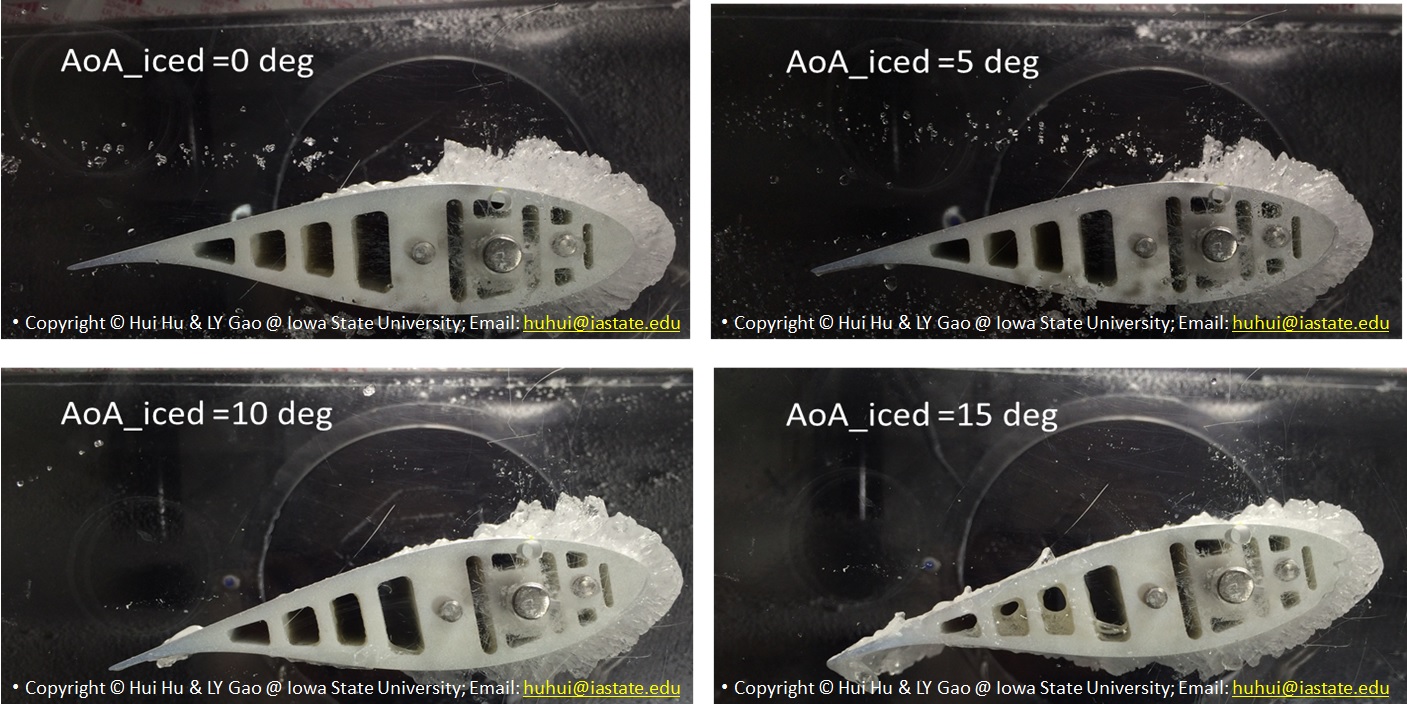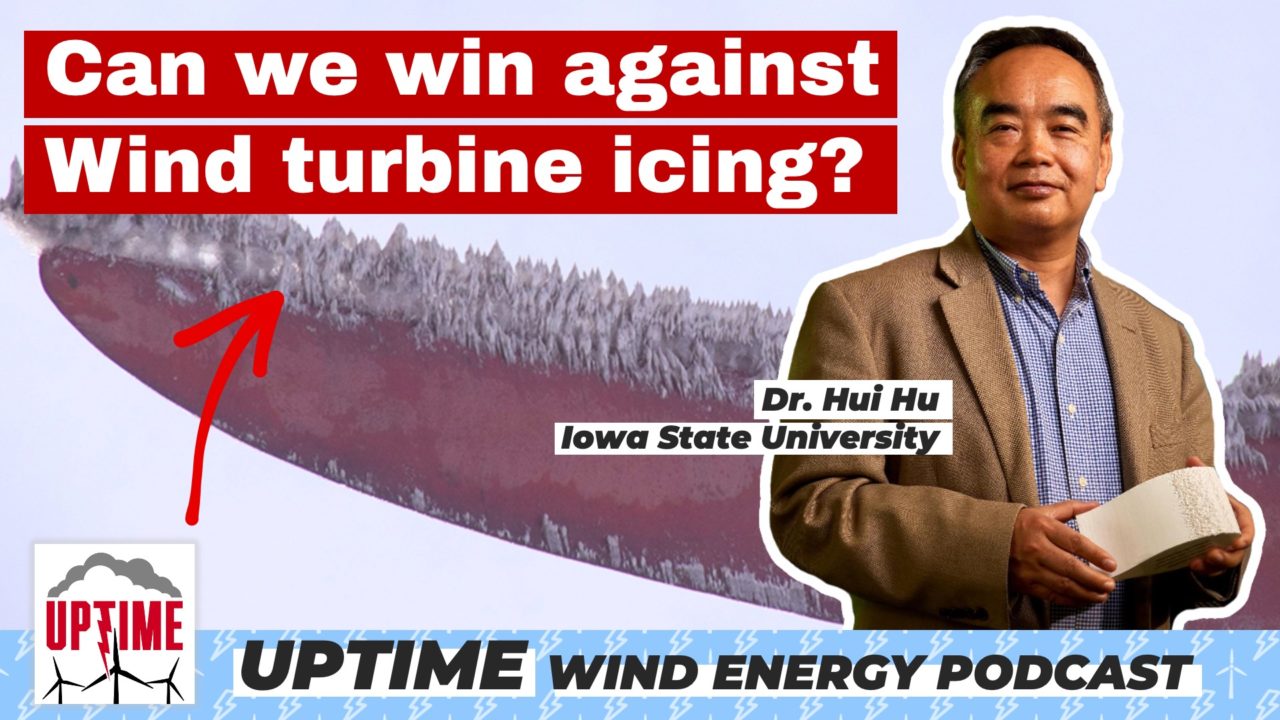Link to:
Aircraft Icing Physics & Anti-/De-icing Technology LaboratoryWind Turbine Icing Physics and Anti-/De-Icing
Our research on wind turbine icing and anti-/de-icing is featured by the scientific magazine, "The Conversation", on 03/04/2021
Problematic Wind Turbine Icing Phenomena:
While winters are supposed to be the best season for wind energy harvesting due to the windy seasons and increased air density with the decreasing temperature, wind turbine icing represents the most significant threat to the integrity of wind turbines in cold climates. According to the statistics reported by International Energy Agency (IEA) TCP Task 19 of "Wind Energy in Cold Climates", while the total wind power capacity has reached to ~800 GW globally in 2020 (i.e., including ~ 120 in USA alone), wind power installation in cold climates is counting for ~ 30% of the total installed wind power capacity in the world. 72%, 94% and 19% of the wind turbines have the opportunity to encounter various icing events in the climate regions of North America, Europe, and Asia, respectively.
It has been found that even a light icing event, such as frost, could produce enough surface roughness on turbine blades to reduce their aerodynamic efficiency considerably, resulting in substantial power reduction of the wind turbines. In the case of extreme icing, it may not be possible to start the wind turbine with subsequent loss of all the possible power production for quite long periods of time. One example is wind turbines in Sweden were reported to stop for over 7 weeks during the best operation season because of icing in the winter of 2020. More recent, many wind turbines on Texas wind farms were forced to shut down after a winter storm blasted the state since February 14, 2021. Frozen wind turbines were blamed to be responsible partially for the over week-long blackouts in Texas with millions of Texan being affected.
Ice accretion and irregular shedding during wind turbine operation would also lead to load imbalances as well as excessive turbine vibration, often causing the wind turbine to shut off. Icing can also affect the tower structures by increasing stresses, which can lead to structural failures, especially when coupled to strong wind loads. Icing was also found to affect the reliability of anemometers, thereby, leading to inaccurate wind speed measurements and resulting in resource estimation errors. Icing issues can also directly impact personnel safety in the nearby area due to falling and projected large ice chunks. It should be noted that the icing hazard is often most severe in those locations which are best suited for wind turbine sites, such as northern latitudes, off-shore wind farms and high altitudes (i.e., mountains). Wind turbines in these regions are more prone to water contamination and icing in cold weather.
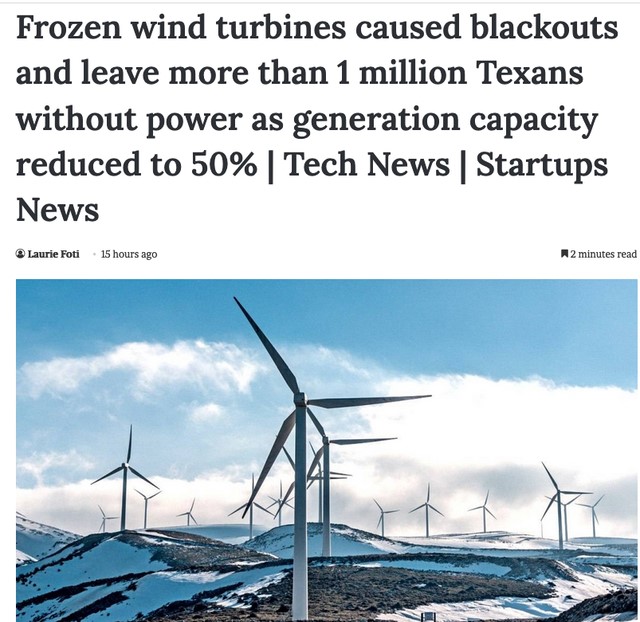
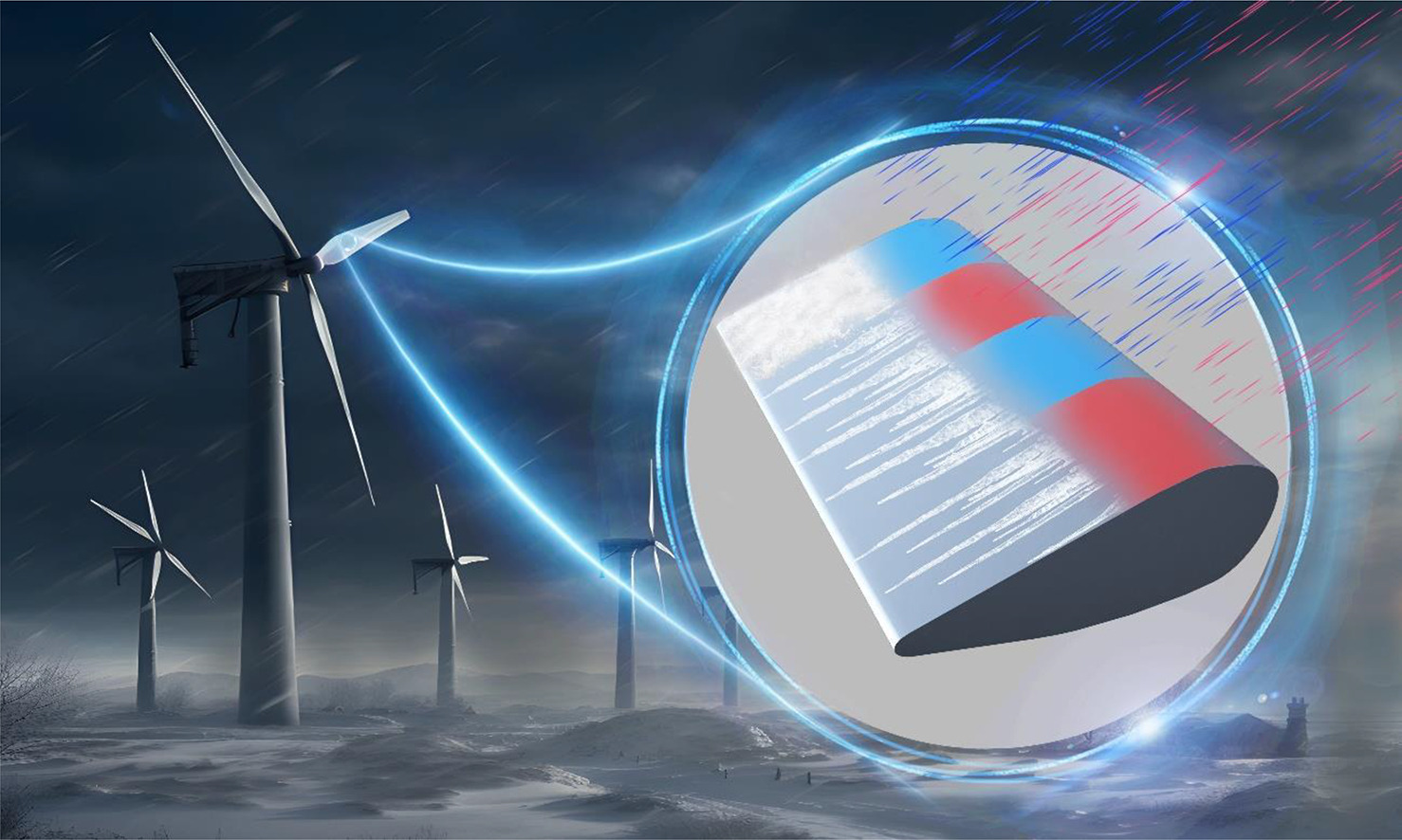
Wind Turbine Icing Physics:
Different kinds of icing may occur at different sites. Wind turbine icing can usually be categorized as precipitation icing, in-cloud icing, and frosting. Precipitation icing can be further subdivided into wet snow or freezing rain variants, and in-cloud icing into rime icing or glaze icing.
Rime icing usually occurs in the regions with relative dry air and colder ambient temperature (i.e., lower than 20° F), which is typical for the wind turbines operated in Iowa and other Midwest states. Glaze icing is associated with much wetted air and warmer ambient temperatures (i.e., above 20°F), and is commonly seen for the wind turbines sited in the Northeast States along the coast. Glaze ice is the most dangerous type of ice. Glaze ice would form much more complicated ice shapes over turbine blades because of its wet nature. In comparison to rime icing, glaze icing could cause more serious detrimental effects on the aerodynamic performance of turbine blades, resulting in much greater icing-induced power loss to the wind turbines. This is believed to be the scenario happed to the frozen wind turbines in Texas during the disastrous energy collapse in February 2021 when the cold air from the north collided with the moist air from the Gulf Coast.

Turbine blade mode with DU96-W-180 airfoil shape in cross section

Rime ice accretion over DU96-W-180 airfoil with airflow of
V = 40 m/s, T = -10.0 °C, LWC = 0.3 g/m3

Glaze ice accretion over DU96-W-180 airfoil with an airflow of
V = 40 m/s, T = -5.0 °C, LWC = 3.0 g/m3
Dynamic icing process over the surface of a wind turbine blade model (Gao et al., Intl. J. Heat & Mass Transfer, 2019)
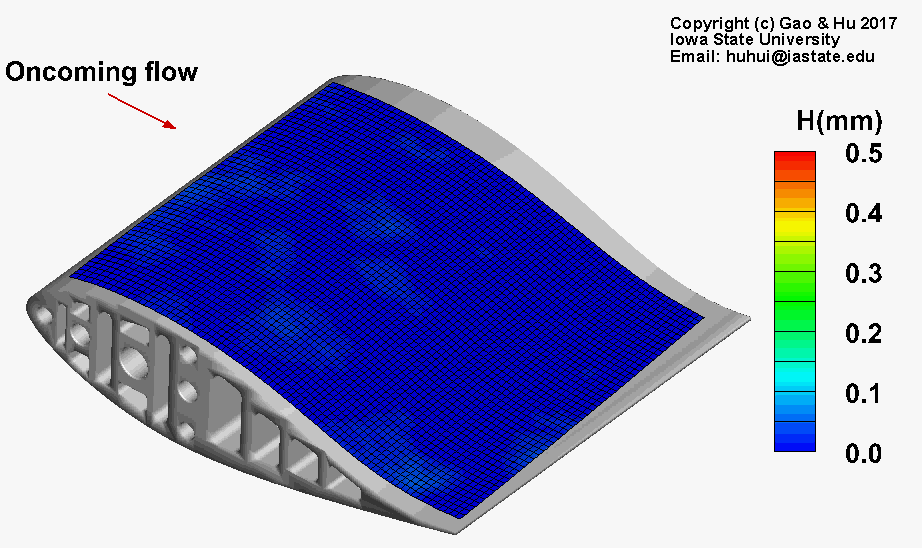
Quantification of dynamic glaze icing process over an airfoil surface by using a Digital Image Projection (DIP) technique (Gao et al. 2020 )
Development of effective and robust ant-/de-deicing systems for wind turbine icing mitigation and protection requires a keen understanding of the underlying physics, both of how ice forms and the performance degradation that results from ice building up on turbine blades. Our team conducted comprehensive studies in recent years to elucidate the underlying icing physics pertinent to wind turbine icing phenomena by carrying out both experimental campaigns in laboratory setting and field studies to characterize ice accretion over utility-scale wind turbines.
A Field Study to Characterize the effects of ice accretion on the power production of utility wind turbines (Gao et al. 2021)
We conducted a field study recently to examine the ice accretion over 50-meter-long turbine blades and icing-induced power production losses to multi-megawatt wind turbines. An unmanned-aerial-system (UAS) equipped with a digital camera was deployed to take images of the ice structures on turbine blades after undergoing a 30-hour-long icing event to quantify the ice thickness accreted along blade leading edges. While ice accreted over entire blade spans, more ice was found to accrete on outboard blades with the ice thickness reaching up to 0.3 meters near blade tips. Based on icing similarity concept and blade element momentum theory, a theoretical analysis was performed to predict the ice distributions on turbine blades, and the theoretical predictions were found to agree with the field measurements. Supervisory control and data acquisition (SCADA) systems were used to monitor turbine operation status during the icing event. Despite the high wind, iced wind turbines were found to rotate much slower, and even shut down frequently during the icing event, with the icing-induced power loss being up to 80%. Some of the research results are given here, further information about the field study can be found Gao et al. (2021).
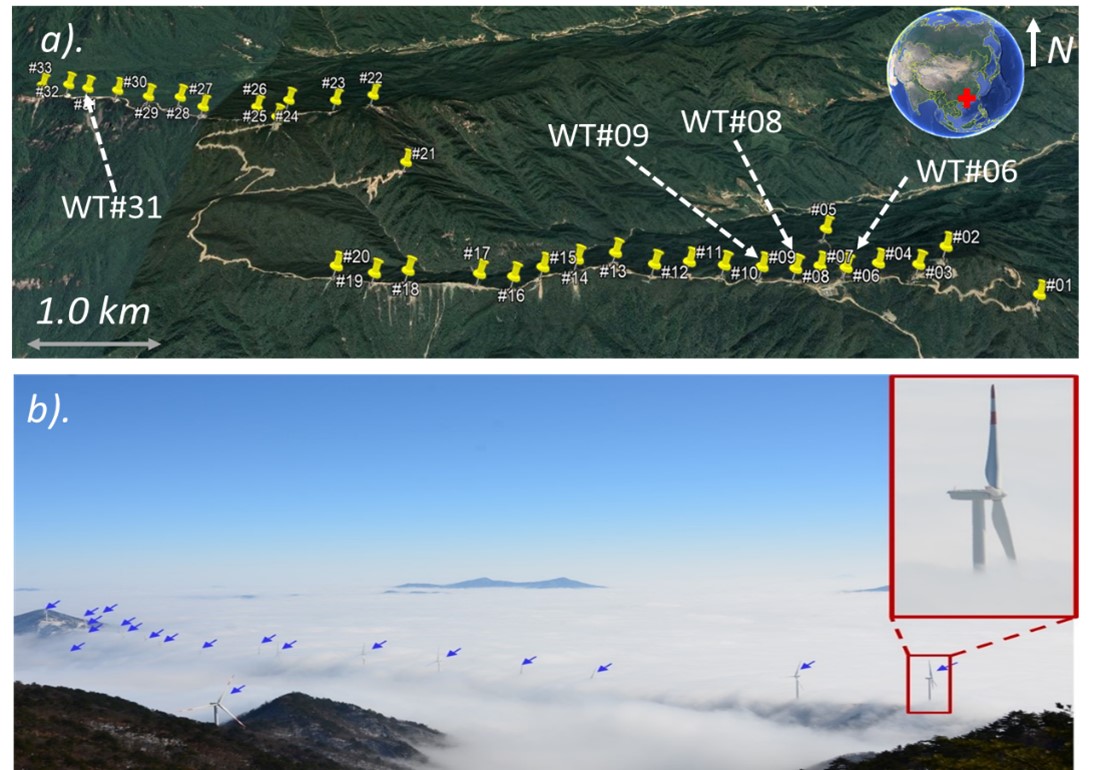
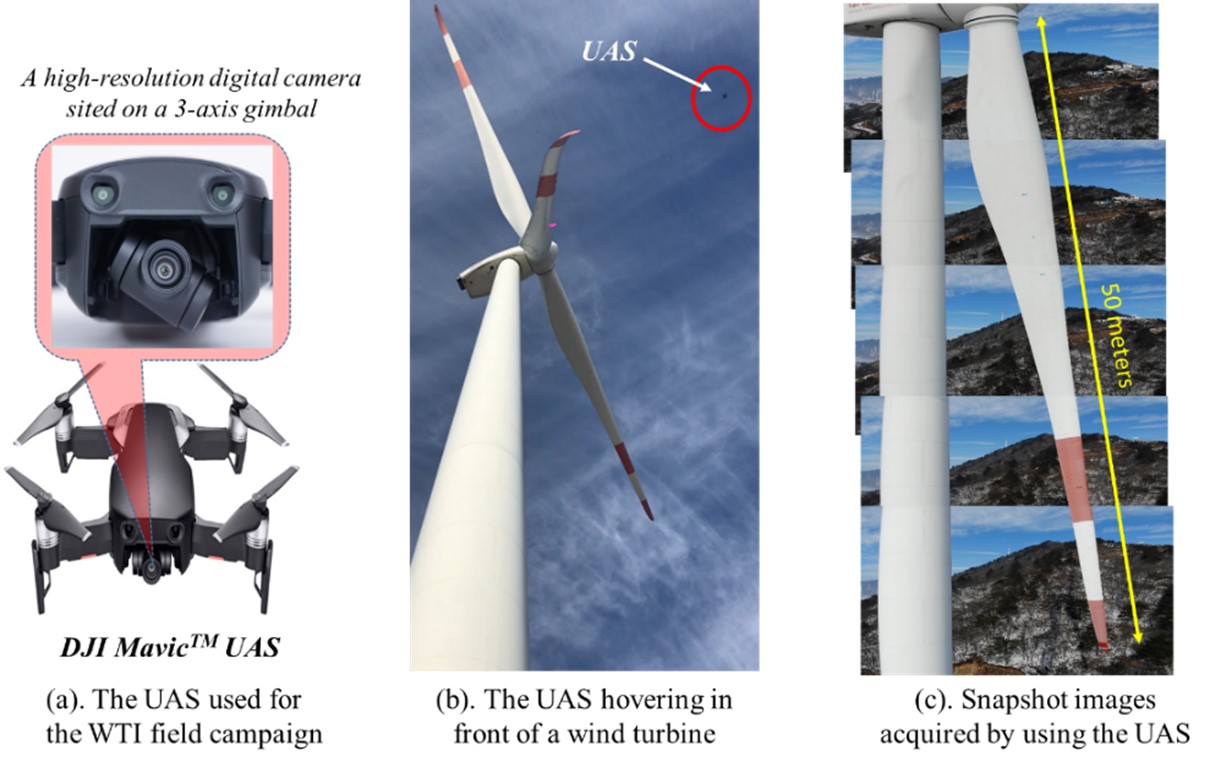
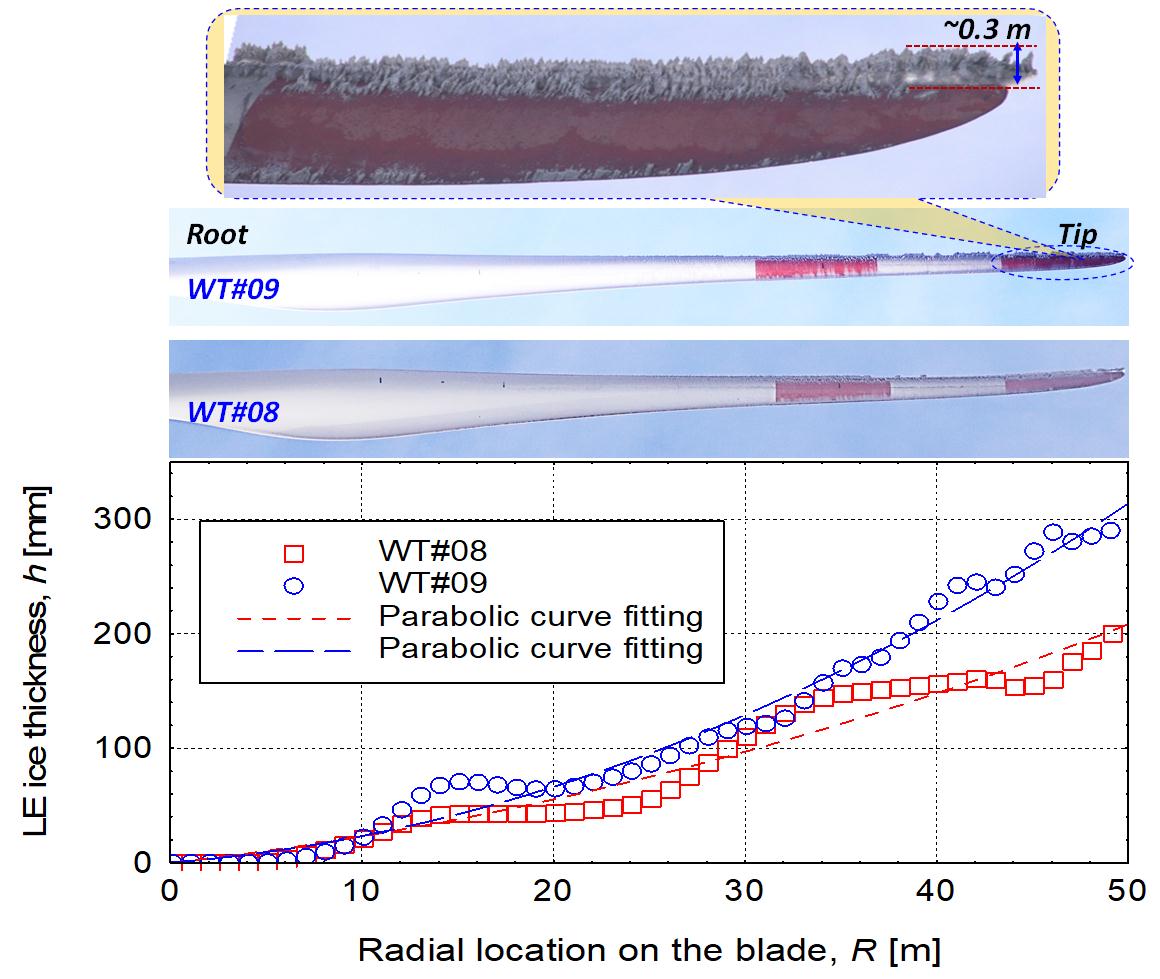
The measured LE ice thickness as a function of the radial location on the turbine blades
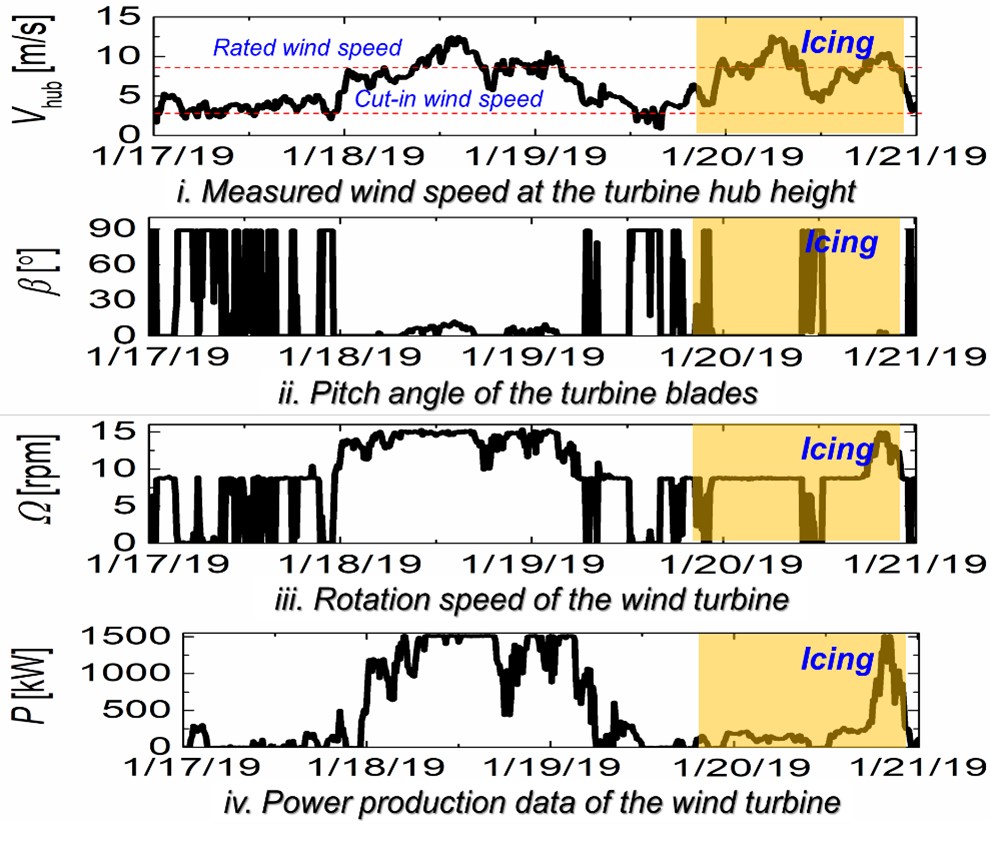
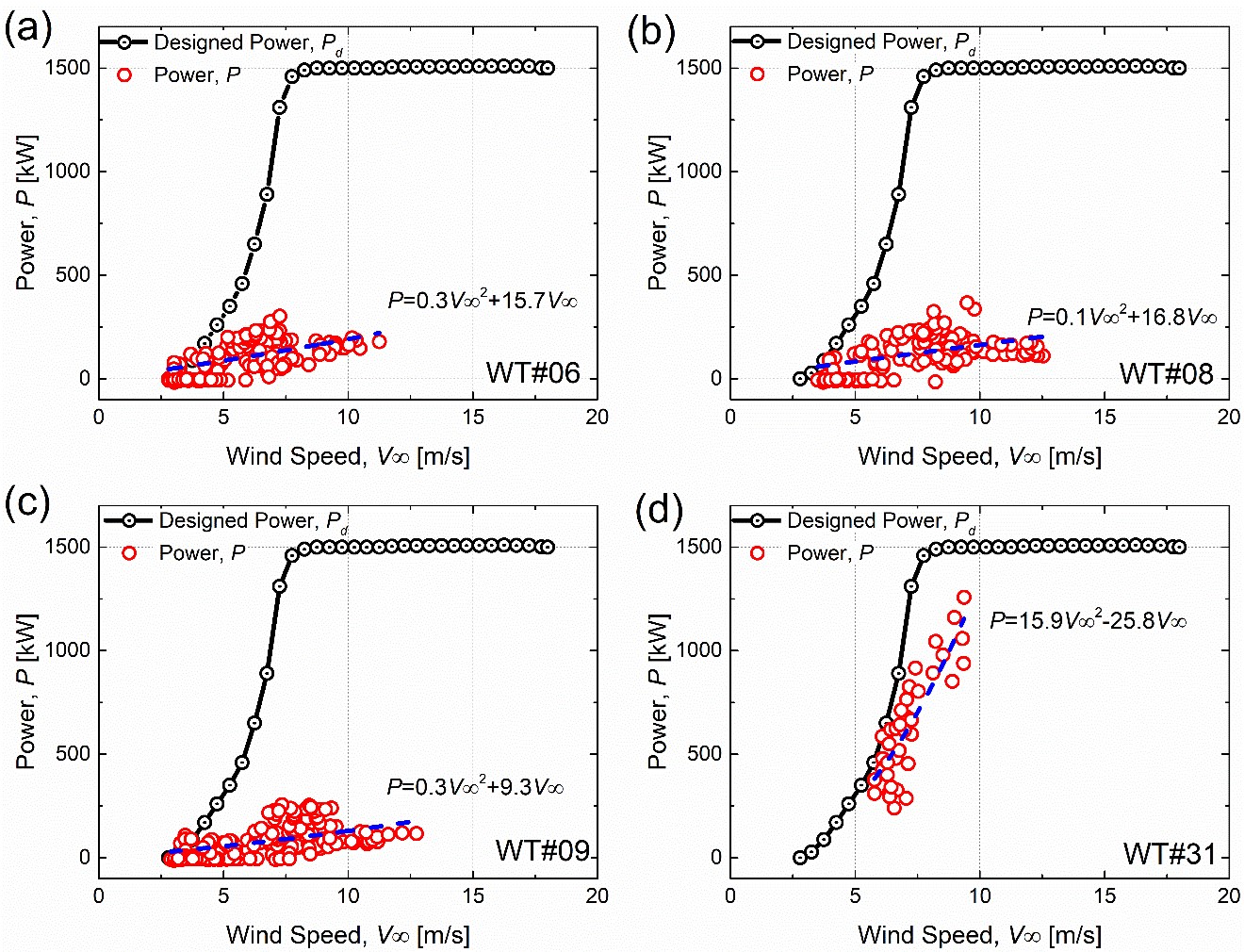
![]() LY
Gao,
T. Tao, YQ
Liu and H
Hu. "A
Field Study of Ice Accretion and Its Effects on the Power Production of
Utility-scale Wind Turbines". Renewable
Energy,Vol.
167, pp917-928,
2021. https://doi.org/10.1016/j.renene.2020.12.014
LY
Gao,
T. Tao, YQ
Liu and H
Hu. "A
Field Study of Ice Accretion and Its Effects on the Power Production of
Utility-scale Wind Turbines". Renewable
Energy,Vol.
167, pp917-928,
2021. https://doi.org/10.1016/j.renene.2020.12.014
-
A news story on "Field study shows icing can cost wind turbines up to 80% of power production" is highlighted by the headline news of Iowa State University on 03/04/2021.
Icing physics study by using Icing Research Tunnel of Iowa State University (i.e., ISU-IRT)
By leveraging the unique Icing Research Tunnel (ISU-IRT) available at Iowa State University (ISU), a series of experimental campaigns were conducted to elucidate the underlying icing physics pertinent to wind turbine icing phenomena. Some examples of the research results obtained by leveraging ISU-IRT are given here to quantify the complex 3D shapes of the ice structures accreted over turbine blade models and to characterize the transient behavior of the icing-induced separation of the incoming wind from the ice accreting surface of the turbine blade models. The massive airflow separation induced by the ice accretion is directly responsible for the power production reductions of iced wind turbines.
A better understanding of the important micro-physical processes will enable us to improve current icing accretion models for more accurate prediction of ice formation and accretion processes as well as to develop more effective and robust anti-/de-icing strategies to ensure safer and more efficient operations of wind turbines in cold weather.
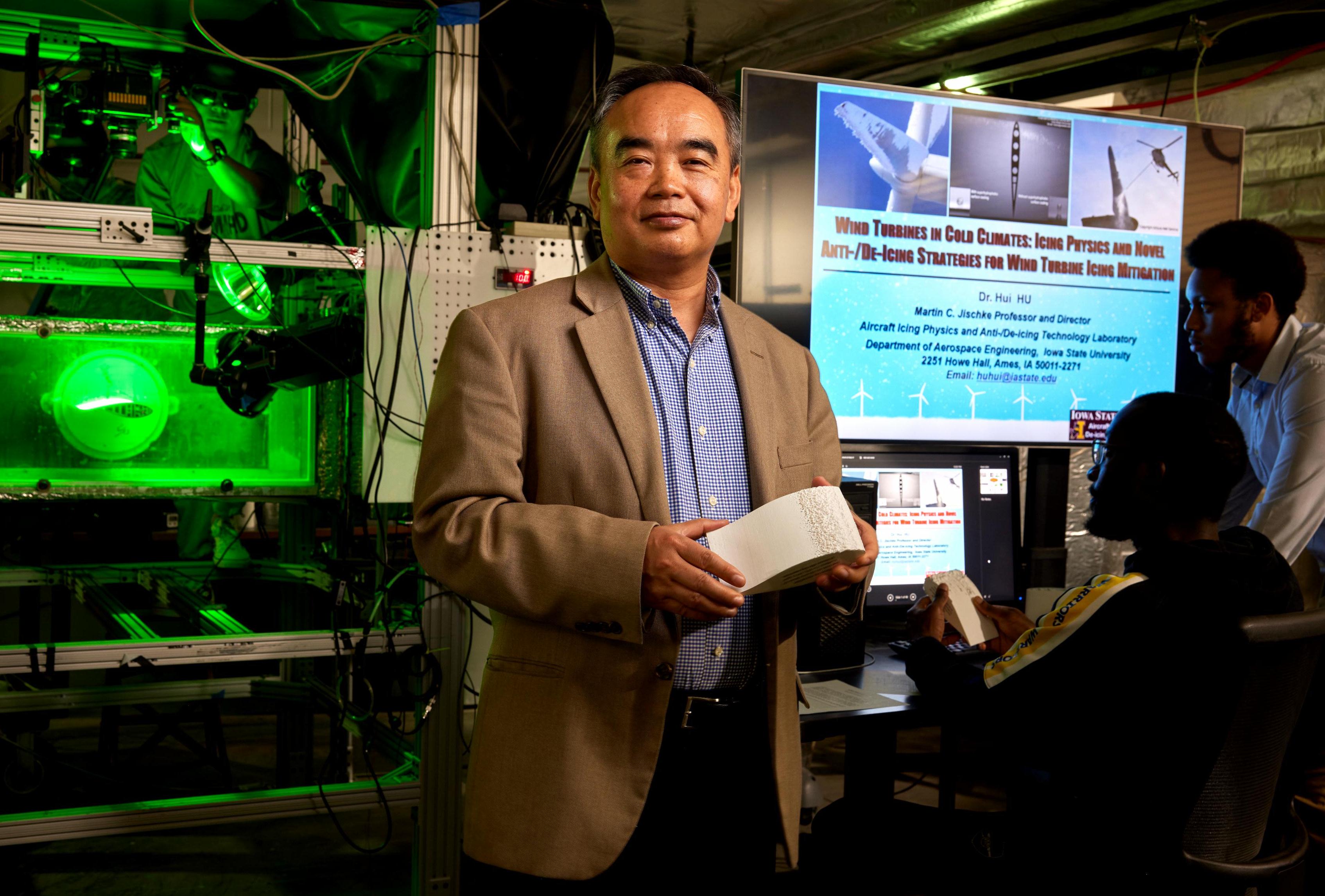
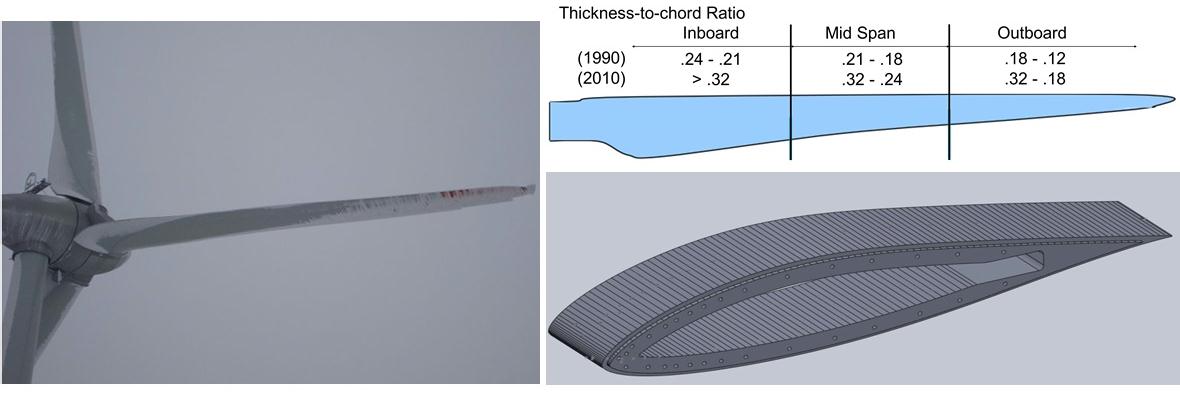
Experimental Setup to study ice accretion process over the surface of a wind turbine blade model
ice
accretion images over the surface of a turbine blade model after 10 minuets
of icing tunnel testing in ISU-IRT
( News story of
US energy news network:
"Iowa
State researchers seek solution for icy wind turbine blades"
on 10/30/2019)
Quantification of 3D shapes of the ice structures accreted over a wind turbine blade model:
Time evolution of the accreted ice structures over a turbine blade model under a glaze icing condition (Gao et al., J. Visualization, 2019 )
Characterization of 3D shapes of the ice structures accreted on a wind turbine airfoil model (Gao et al., J. Visualization, 2019 )
Icing-induced aerodynamic performance degradation:
Instantaneous PIV measurements of the airflow over an ice accreting airfoil surface (Gao et al., Renewable Energy, 2019)
Measured lift (left) & drag (right) coefficients as a function of the ice accretion time (Gao et al., Renewable Energy, 2019)
Novel anti-/de-icing strategies for wind turbine Icing mitigation and protection:
While a number of anti-/de-icing systems have been used for wind turbine icing mitigation, almost all the current anti-/de-icing strategies were originally developed for aircraft anti-/de-icing applications. Many special issues related to wind turbine icing phenomena have not been properly considered. For example, polymer-composited-based turbine blades have very different surface properties (e.g., surface roughness, wettability and thermal conductivity), in comparison with metal-based aircraft wings. Wind turbines operate much closer to sea level than aircraft, and are more prone to encounter with freezing rain and other low altitude, high-water-content environments (e.g., ocean spray). The effects of these factors on the ice formation and accretion processes over the surfaces of wind turbine blades are still not well understood.
Current wind turbine anti-/de-icing methods are mainly thermal-based systems, i.e., to use electrical heating or hot-air injection to brutally heat up massive surfaces of wind turbine blades, which are very inefficient and energy consuming. Passive anti-icing approaches using hydro-/ice-phobic surface coatings are currently being investigated for use as viable strategies for wind turbine icing mitigation. An ideal solution for wind turbine icing mitigation would be a system with only a minimized power input to effectively delaminate the ice accretion in the required locations, while utilizing passive hydro-/ice-phobic coatings, which possess ultra-low ice adhesion strength and good mechanical durability, to reject ice accretion and surface water runback in regions with the requisite aerodynamic forces.
Recently, our team developed a novel, hybrid anti-/de-icing technology by properly integrating the minimized surface heating to delaminate ice accretion in critical regions (e.g., near the blade leading edges) and "state-of-the-art" hydro-/ice-phobic coatings with ultra-low ice adhesion strength and outstanding mechanical durability to reject ice accretion and water runback over the surfaces of the turbine blades with the requisite aerodynamic forces exerted by the incoming airflows. An icing tunnel testing campaign was conducted s to compare different anti-/de-icing methods for wind turbine icing mitigation. The hybrid anti-/de-icing strategy was demonstrated to be very effective to suppress ice accretion on turbine blades. In comparison to the conventional brute-force heating methods, the hybrid anti-/de-icing strategy was found to be able to effectively prevent ice accretion over entire surface of the turbine blade model at a much lower power consumption (i.e., up to ~ 90% energy saving) for the wind turbine anti-/de-icing operation.


Glaze ice accretion over the surface of a wind turbine blade model

Glaze ice accretion on a wind turbine blade model coated with an icephobic surface coating

Glaze ice accretion on a wind turbine blade model with 30% leading edge heating

A hybrid anti-/de-icing system (i.e., integrating minimized leading-edge heating and ice-phobic coating)
A hybrid strategy to combine minimum leading-edge heating and icephobic surface
coating for wind turbine icing mitigation
(Gao
et al., Renewable Energy, 2019)
Interview by the Uptime Wind Energy Podcast on our research on wind turbine icing and anti-/de-icing
-
iTunes: https://podcasts.apple.com/us/podcast/the-uptime-wind-energy-podcast/id1504249857?i=1000549110661
-
YouTube: https://youtu.be/rEKkNoqWGS8
-
Spotify: https://open.spotify.com/episode/7d19Rm5qK7IapGY49sFHrb?si=c68b1d7e54694334
-
Weatherguardwind: https://weatherguardwind.com/dr-hui-hu-wind-turbine-icing/
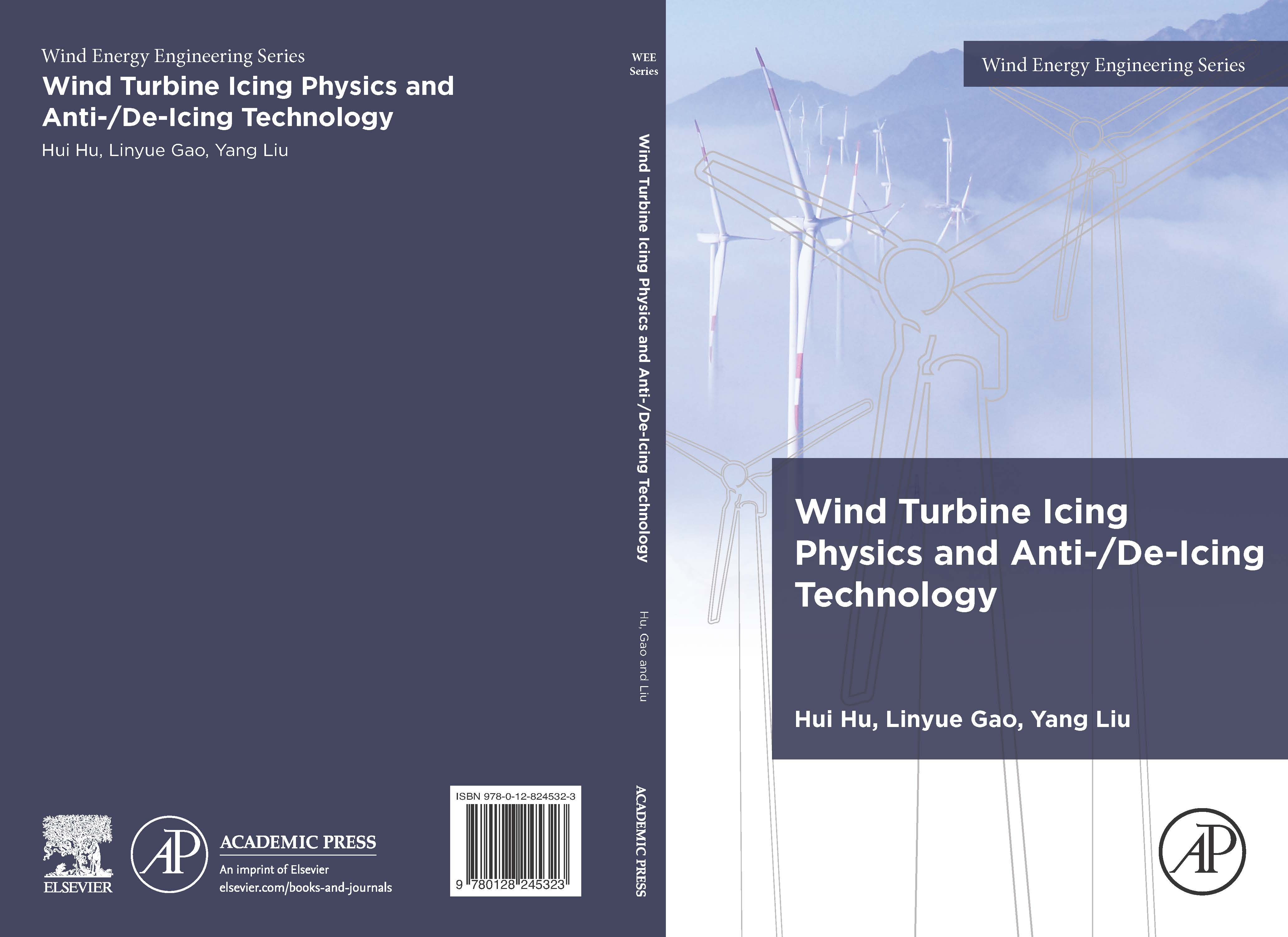
-
Hui Hu, Linyue Gao, Yang Liu, “Wind Turbine Icing Physics and Anti-/De-Icing Technology”, Elsevier, ISBN: 9780128245323.
Wind turbine aerodynamics and novel wind turbine designs:
In recent year, our team has also conducted comprehensive studies on wind turbine aerodynamics and turbine wake interferences. We also developed a novel dual-rotor wind turbine (DRWT) concept. Further information about our work on the development of novel DRWT can be found at https://www.aere.iastate.edu/~huhui/DRWT.html
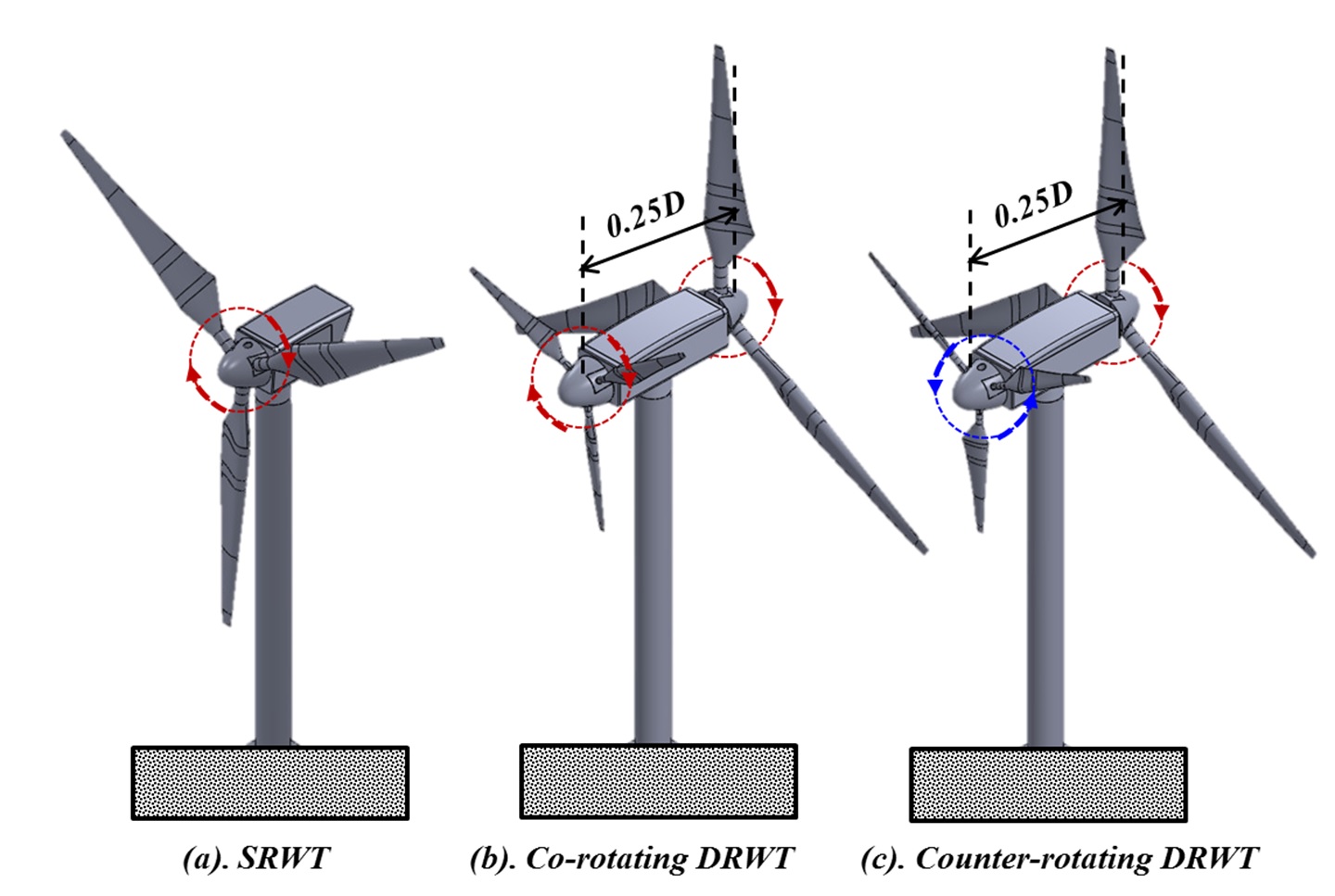
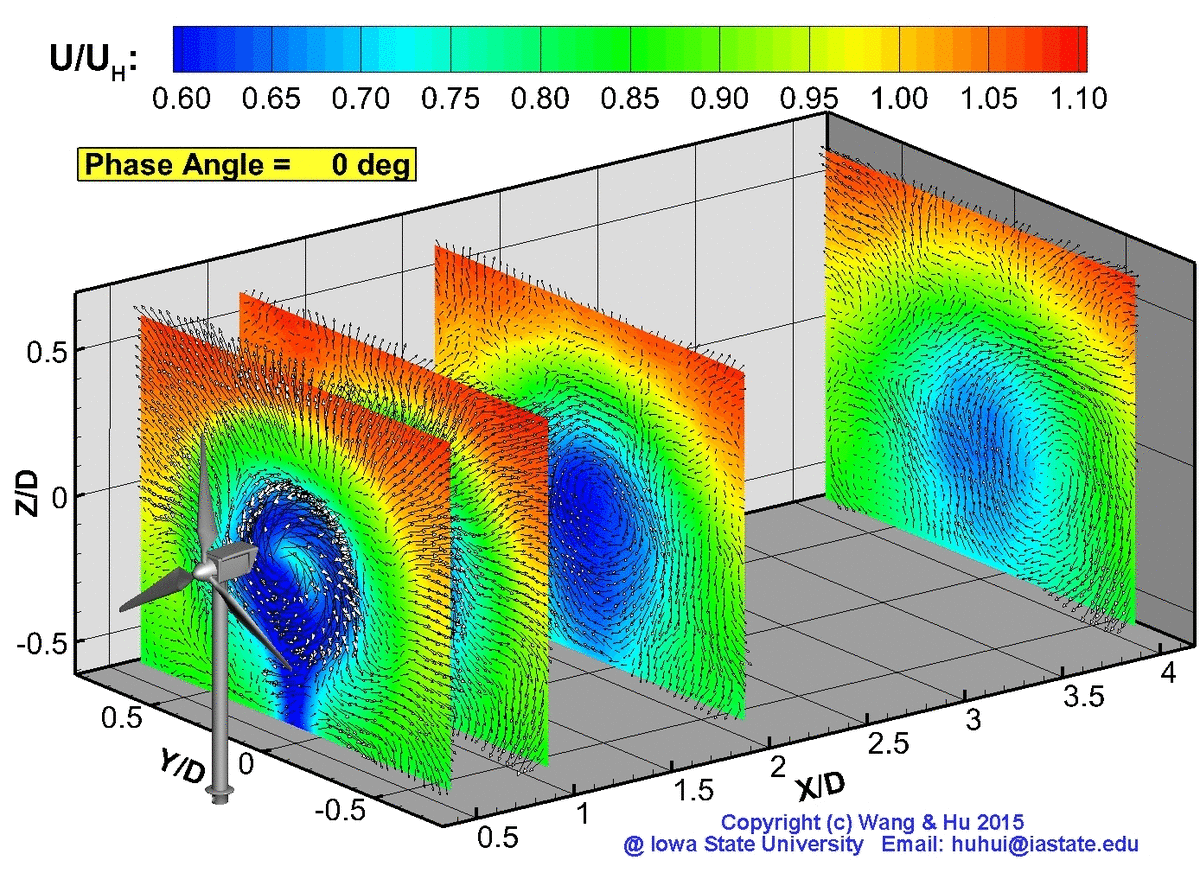
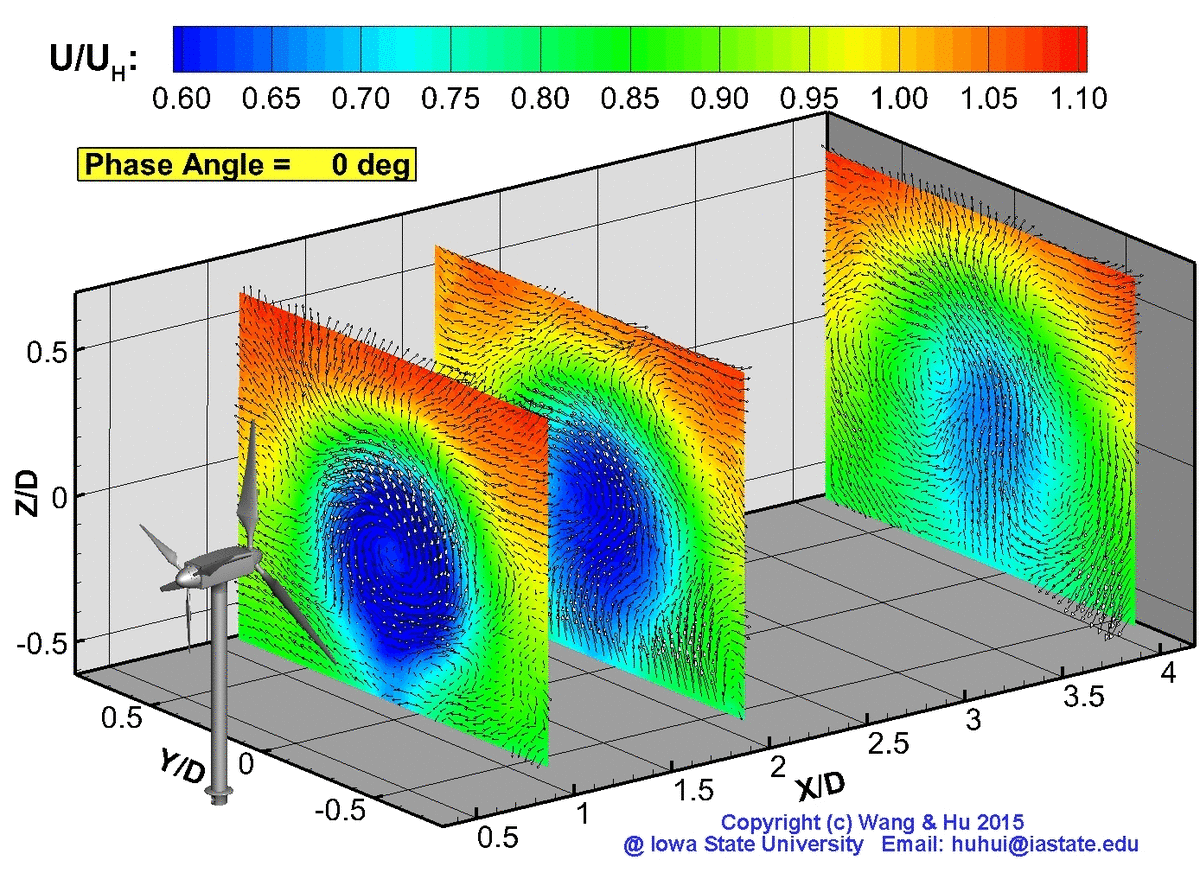
(a). conventional single-rotor wind turbine (i.e., SRWT) (b). counter-rotating dual-rotor wind turbine (i.e., DRWT)
Stereoscopic PIV measurements of the wake flows behind SRWT and DRWT (Wang, Tian & Hu, 2015)
Link to the News about our wind turbine icing and anti-/de-icing researches:
-
2019 IOWA ENERGY CENTER BOARD AWARDS on wind turbine icing physics and anti-/de-icing.
-
https://www.vox.com/2021/2/19/22290512/texas-winter-storm-wind-energy-power-outage-grid-fox-news
-
https://news.bloomberglaw.com/environment-and-energy/wind-farms-arent-all-ready-for-icing-amid-changing-climate
-
https://www.amestrib.com/story/news/education/2021/03/07/iowa-state-study-finds-foot-thick-ice-can-reduce-wind-power-production-80-weather-winter-storms/4594328001/
-
https://www.news.iastate.edu/news/2019/09/23/turbineicing
-
Acknowledgement of our Research Sponsors:
![]()
![]()
Department of Aerospace Engineering, Iowa State
University, 2271 Howe Hall, Room 1200, Ames, Iowa 50011
Copyright © Iowa State University. All rights reserved.


